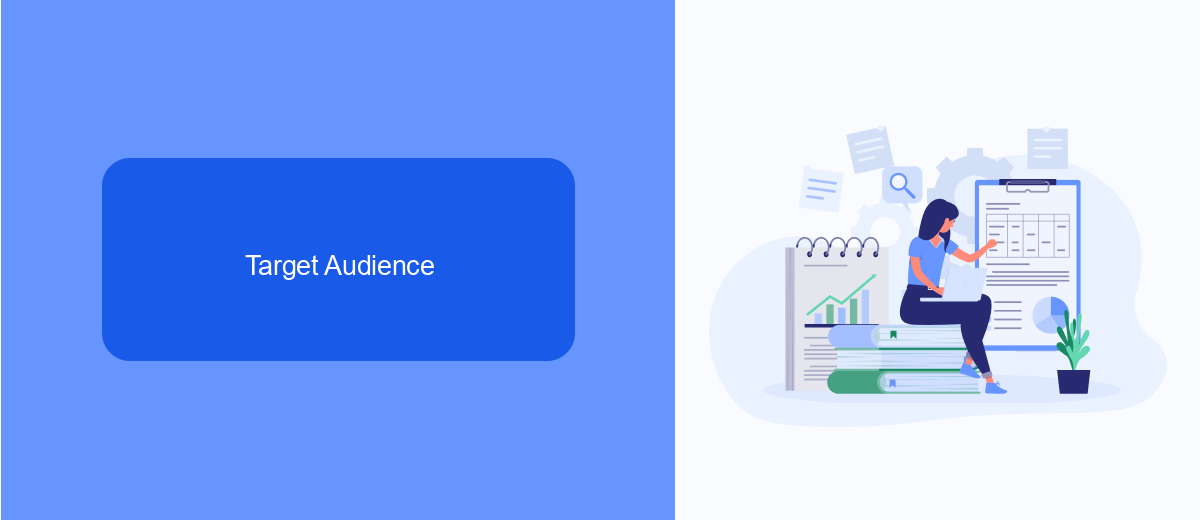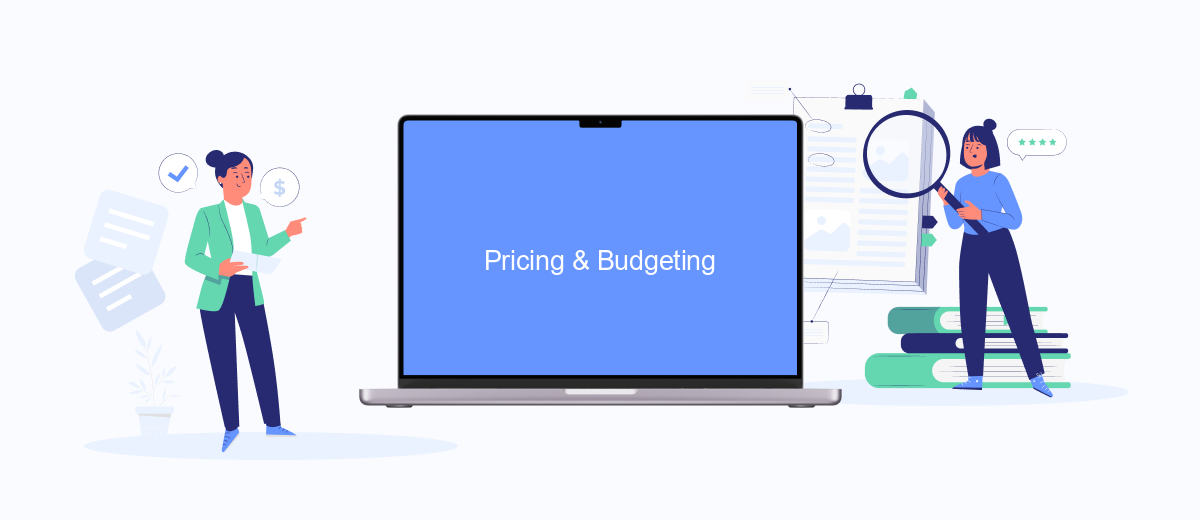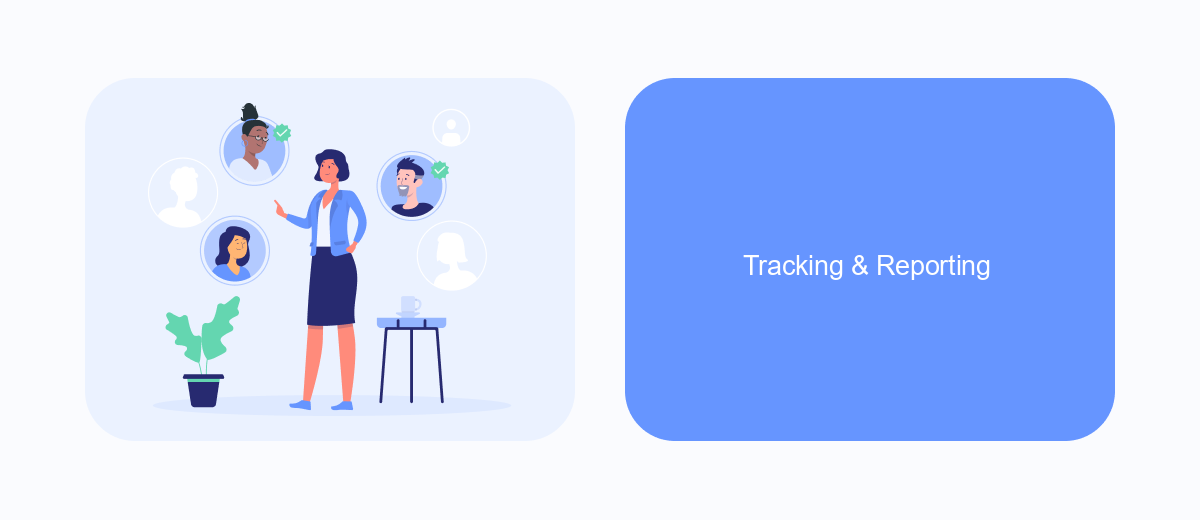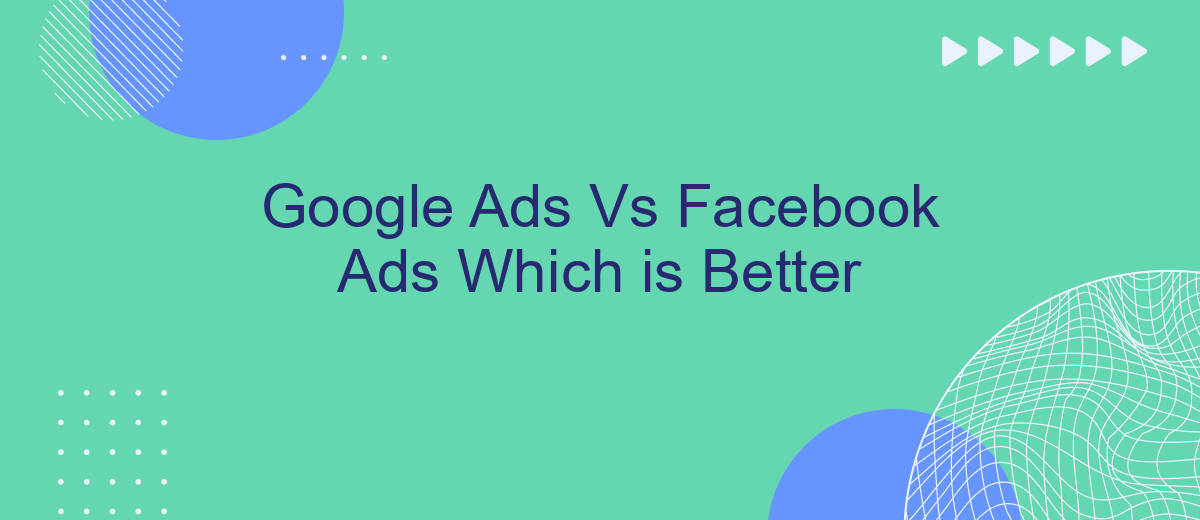In the ever-evolving landscape of digital marketing, businesses constantly seek the most effective platforms to reach their target audiences. Two giants stand out: Google Ads and Facebook Ads. Each offers unique advantages and caters to different marketing goals. This article delves into a comparative analysis of these platforms, helping you determine which is better suited for your advertising needs.
Google Ads vs. Facebook Ads: What's the Difference?
Google Ads and Facebook Ads are two of the most popular online advertising platforms, each offering unique advantages depending on your marketing goals. Understanding the key differences between them can help you make a more informed decision on where to allocate your advertising budget.
- Targeting Options: Google Ads focuses on keywords and search intent, while Facebook Ads leverage detailed user demographics, interests, and behaviors.
- Ad Formats: Google Ads primarily uses text-based ads in search results, whereas Facebook Ads offer a variety of formats including image, video, and carousel ads.
- Cost Structure: Google Ads typically operates on a cost-per-click (CPC) model, while Facebook Ads can use cost-per-impression (CPM) or cost-per-action (CPA) models.
- Audience Reach: Google Ads reaches users actively searching for products, whereas Facebook Ads can target users based on their social media activity and interests.
For businesses looking to streamline their advertising efforts, integrating both platforms can be beneficial. Services like SaveMyLeads can automate lead data transfer between Google Ads, Facebook Ads, and your CRM, ensuring you never miss an opportunity to engage with potential customers.
Target Audience

When it comes to choosing between Google Ads and Facebook Ads, understanding your target audience is crucial. Google Ads is highly effective for capturing intent-driven users who are actively searching for specific products or services. This platform is ideal for businesses targeting users who are ready to make a purchase or are in the research phase of their buying journey. With its vast reach, Google Ads can help you connect with a broad audience, making it suitable for both B2B and B2C markets.
On the other hand, Facebook Ads excels in targeting users based on their interests, behaviors, and demographics. This makes it an excellent choice for businesses looking to build brand awareness and engage with potential customers who may not yet be actively searching for their products. Facebook's advanced targeting options allow you to reach niche audiences with precision. Additionally, integrating tools like SaveMyLeads can streamline your marketing efforts by automating lead data transfer from Facebook Ads to your CRM, ensuring you never miss a potential customer.
Pricing & Budgeting

When it comes to pricing and budgeting, both Google Ads and Facebook Ads offer flexible options to suit various marketing budgets. However, the cost structures and budgeting strategies can differ significantly between the two platforms.
- Google Ads: Primarily operates on a pay-per-click (PPC) model, where advertisers pay each time a user clicks on their ad. The cost per click (CPC) can vary widely based on the keyword competitiveness and industry.
- Facebook Ads: Utilizes a cost-per-impression (CPM) and cost-per-click (CPC) model, allowing advertisers to choose between paying for impressions or clicks. Facebook's advanced targeting options can make it more cost-effective for reaching specific demographics.
Both platforms provide tools to help manage and optimize your ad spend. For instance, SaveMyLeads offers seamless integrations with Google Ads and Facebook Ads, enabling you to automate lead management and improve your campaign efficiency. By leveraging such services, you can ensure that your advertising budget is utilized effectively, maximizing your return on investment.
Tracking & Reporting

Tracking and reporting are crucial components of any advertising campaign, as they allow you to measure performance and optimize for better results. Both Google Ads and Facebook Ads offer robust tracking and reporting tools, but they differ in their approach and capabilities.
Google Ads provides detailed insights through Google Analytics, allowing you to track user behavior, conversion rates, and ROI. Facebook Ads, on the other hand, offers Facebook Pixel, which helps you monitor user interactions and conversions on your website.
- Google Analytics: Comprehensive data on user behavior and conversions.
- Facebook Pixel: Tracks user interactions and conversions on your site.
- SaveMyLeads: Integrates both platforms for seamless data tracking and reporting.
For businesses looking to streamline their tracking and reporting processes, SaveMyLeads offers an efficient solution. This service integrates Google Ads and Facebook Ads, ensuring that you have a unified view of your campaign performance. By leveraging these tools, you can make data-driven decisions to optimize your advertising strategies.
Google Ads vs. Facebook Ads: Which is Right for You?
Choosing between Google Ads and Facebook Ads depends on your business goals, target audience, and marketing strategy. Google Ads is ideal for capturing high-intent users actively searching for products or services. It excels in reaching users through search results and display networks, making it perfect for businesses aiming to capture demand and drive immediate conversions.
On the other hand, Facebook Ads is excellent for building brand awareness and engaging with a highly targeted audience. Its advanced targeting options based on user behavior, interests, and demographics make it suitable for businesses looking to nurture leads and create a loyal customer base. For seamless integration and automation of your advertising efforts, consider using SaveMyLeads, which simplifies the process of connecting your ad platforms with other marketing tools, ensuring a more efficient workflow.


FAQ
What are the main differences between Google Ads and Facebook Ads?
Which platform is more cost-effective?
Can I use both Google Ads and Facebook Ads simultaneously?
How do I decide which platform to use for my business?
How can I automate and integrate my Google Ads and Facebook Ads campaigns?
SaveMyLeads is a simple and effective service that will help you automate routine tasks and optimize business processes. Stop wasting time uploading leads from Facebook manually – you can do it automatically, saving a lot of time and money. Eliminate routine from workflows and achieve more with minimal investment of money, effort and human resources.
